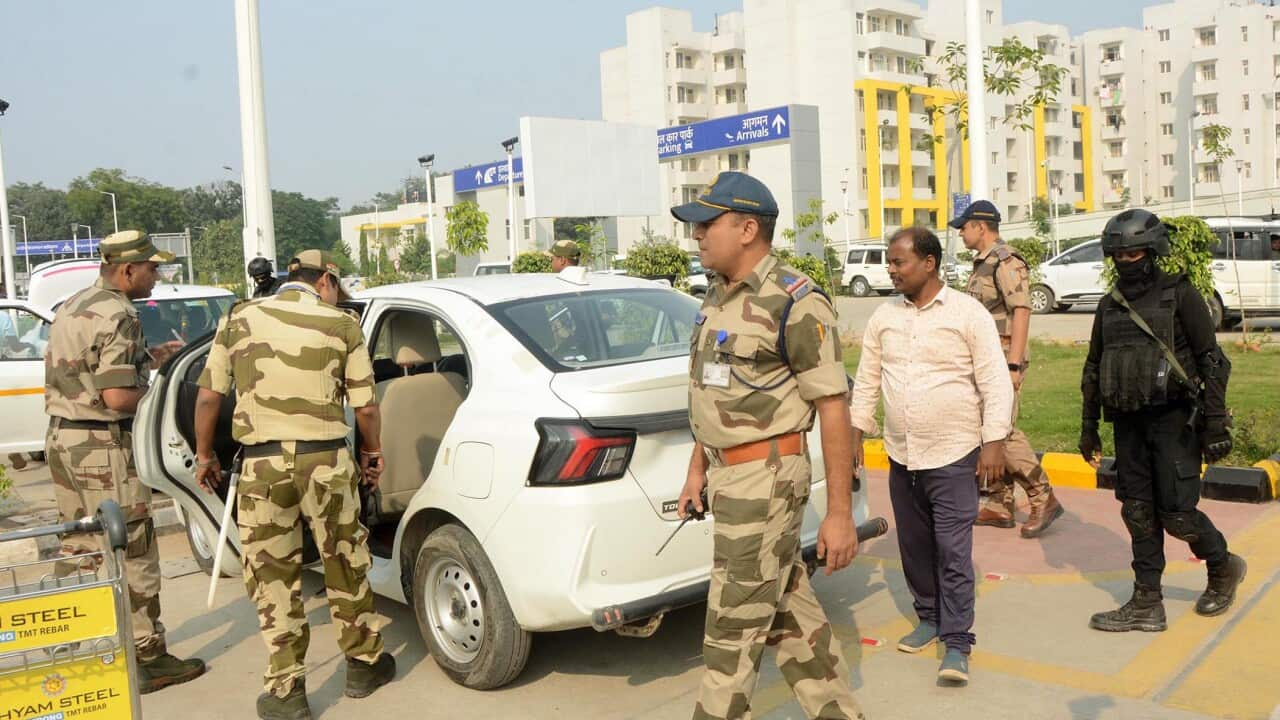Highlights
- Stay Home
- Seek further medical help if the condition gets worse.
- Self-isolating should take advantage of the telehealth services
Being diagnosed with COVID-19 is a distressing and scary experience.
So far, the infection has happened to more than five thousand people in Australia.
And whilst it is accepted Australians are lowering the rate of the rise in infections, it is likely many, many more Australians will be infected with the virus before the pandemic subsides.
Dr Chris Moy, a General Practitioner and the president of the South Australian branch of the Australian Medical Association says the first thing an infected person should do is stay at home- and anyone living with them will have to take action, too.
"Obviously, the first thing is that they need to stay at home because they don't want to be spreading it around. And they should stay away from everybody else in the house. Those individuals in the house will then become proven contacts, and they will need to self-isolate as well," he says.
Dr Moy says people who are self-isolating need to monitor themselves and seek further medical help if their condition gets worse.
"Irrespective of whether you're just staying home or not for the period you've been advised, if you get sicker along the way, you need to seek treatment, and ring up, or contact someone urgently, to get that advice about whether the care that you are getting needs to be escalated- and it may involve hospitalisation if you're developing dreaded pneumonia," he says.
Follow SBS Hindi’s special coverage of COVID-19 outbreak
But not everyone who is in danger should go to the hospital.
Dr Moy warns that people who aren't seriously ill going to the hospital will drain a hospital of precious resources.
"I mean, there is limited capacity. And there are two problems with that. The first is that it takes up hospital capacity, which we are going to need. And, as the numbers get greater, it will just not be feasible.
"The other thing is that it is quite reasonable to be able to stay at home and then not bring the virus, potentially, into a hospital, which will then have to treat you with significant amounts of Personal Protection Equipment, which will be burnt up having to manage you, when you might actually be well."
In the midst of the coronavirus crisis, the federal government has put money into vastly expanding the availability of Telehealth, which is the ability to contact and consult with a doctor remotely.
Dr Moy says it appears the drastic measures that we've seen taken, affecting just about every area of Australian life, in recent weeks, are making an impact in flattening the curve.
"Overall, I'm hopeful that we're starting to see a big part of a general thrust, in terms of the social distancing and social isolation strategies that have been implemented across Australia. Hoping we're starting to see the very beginnings of the flattening of the curve."
But Dr Moy also warns that Australians cannot afford to be complacent yet, and vigilance is still very much required in people's behaviour.
People in Australia must stay at least 1.5 metres away from others and gatherings are limited to two people unless you are with your family or household.
If you believe you may have contracted the virus, call your doctor, don’t visit, or contact the national Coronavirus Health Information Hotline on 1800 020 080.
If you are struggling to breathe or experiencing a medical emergency, call 000.








